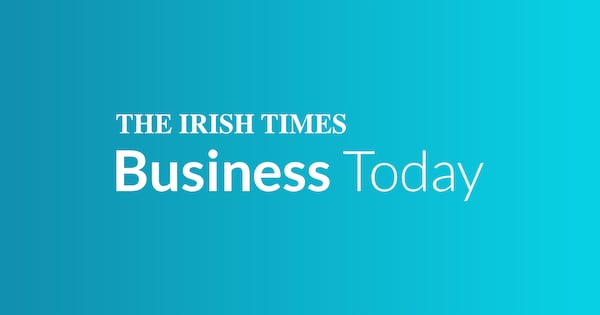It is likely to be “several weeks” before detail is available on possible job losses and the impact of Intel’s cost reduction measures, Minister for Enterprise and Employment Peter Burke has said.
Intel gave a weak forecast for the current period on Thursday and said it is cutting workers to bring costs in line with the business’s smaller size.
Second-quarter revenue will be between $11.2 billion and $12.4 billion, the company said. That compares with an average of analysts’ estimates of $12.9 billion.
The results come a day after it emerged the company was set to announce plans to cut more than 20 per cent of its workforce, prompting concern at its plant in Leixlip, Co Kildare where almost 5,000 people are employed.
Death of Pope Francis: Derek Mooney leads RTÉ’s coverage to intermittently jaw-dropping effect
Plans unveiled for south Dublin winter sports arena to host State’s first ice hockey franchise
Xi Jinping’s refusal to kowtow to Trump now looks like a shrewd move
Brace yourself as world’s leaders make holy show of themselves at Pope’s funeral
While specifics were lacking, Minister for Enterprise Peter Burke said Ireland continued to play an important role as the company’s European hub for manufacturing semiconductors, “and we don’t see speculation around headcount reduction changing this”.
[ Intel layoffs announcement leads to foreboding in Leixlip amid job worriesOpens in new window ]
“While we await further specifics on potential downsizing, which is an incredibly anxious time for Intel’s staff, it is positive that the company has stated they will continue to focus investment on their core business, the manufacturing of semiconductor products,” Mr Burke said.
“This is the primary activity in Ireland … My thoughts remain with staff and their families, many of whom are extremely concerned. I continue to keep in touch with local management and I am meeting them again next week.
“Government continues to value our long-term partnership with Intel and will continue to work with the company as it works through its plans over the coming weeks and months, as demand for semiconductors remains strong.”
Both Mr Burke and IDA Ireland, the foreign direct investment agency, were engaging with he company ahead of its financial results announcement.
The cost-cutting plan will involve “eliminating management layers” to enable it to make faster decisions, Intel said. The company does not yet have an estimate for the one-time expenses associated with the cuts, but expects operating costs to be reduced to about $17 billion this year and $16 billion in 2026.
Its earnings report is the first under the leadership of Lip-Bu Tan, a chip industry veteran who took the job last month. The board hired him after predecessor Pat Gelsinger struggled to restore the competitiveness of Intel’s products. He was ousted late last year after sliding sales and mounting red ink doomed his comeback bid.
First-quarter sales came in at $12.7 billion, topping predictions. The chipmaker follows Texas Instruments Inc. in delivering stronger results than analysts had projected. But its weak forecast suggests that the uptick in demand was just a blip – driven at least in part by a rush of orders ahead of looming tariffs being threatened by the US, China and others.
“The current macro environment is creating elevated uncertainty across the industry, which is reflected in our outlook,” Intel chief financial officer David Zinsner said in the statement. “We are taking a disciplined and prudent approach to support continued investment in our core products and foundry businesses while maximising operational cost savings and capital efficiency.”
Mr Zinsner said he does not currently have an estimate for the size of the workforce reduction.
Mr Gelsinger had concentrated on Intel’s factory network, once its most powerful asset. He laid out plans to spend tens of billions of dollars on giving the company the world’s best production technology again, and luring rivals into using it as outsourced provider of manufacturing.
“The first quarter was a step in the right direction, but there are no quick fixes as we work to get back on a path to gaining market share and driving sustainable growth,” Mr Tan said in the statement.
“I am taking swift actions to drive better execution and operational efficiency while empowering our engineers to create great products. We are going back to basics by listening to our customers and making the changes needed to build the new Intel.” – Additional reporting: Bloomberg














